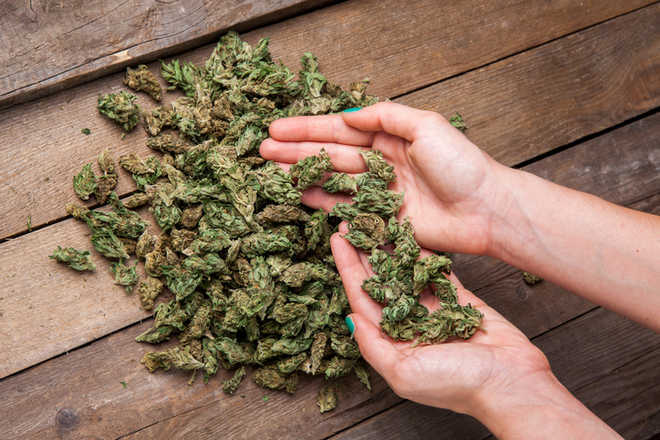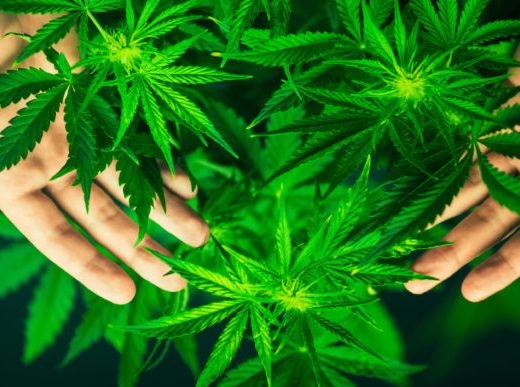I. Introduction
As the cannabis industry matures, growers and consumers alike are showing increasing interest in how the environment impacts the quality and characteristics of cannabis Buy Cannabis in montreal here. A vital part of this conversation is comparing outdoor and indoor-grown cannabis. This article delves into each method’s differences, pros, and cons.
II. Understanding Indoor Grown Cannabis
Indoor cultivation offers growers a controlled environment where lighting, temperature, humidity, and other conditions can be meticulously managed.
Quality Control: Indoor cultivation allows for close monitoring of plants, minimizing exposure to pests, diseases, and adverse weather. This can result in consistent, high-quality yields.
Year-Round Harvests: The indoor grower isn’t at the mercy of the seasons and can harvest multiple times yearly.
Strain Variety: Indoor environments allow growers to cultivate various strains, including those with specific growing requirements.
III. Understanding Outdoor-Grown Cannabis
Outdoor cultivation leverages the natural environment, where cannabis grows under the sun, in natural soil, and exposed to natural weather conditions.
Flavour and Aroma: Some argue that outdoor-grown cannabis, like wine grapes, can express ‘terroir,’ capturing its growing environment’s unique flavours and aromas.
Lower Costs: Outdoor growing typically requires less equipment and lower energy usage, resulting in lower costs.
Larger Yields: Given enough space and sunlight, outdoor plants can grow much more significantly, potentially providing greater yields per plant.
IV. Comparing Indoor and Outdoor Cannabis
While indoor growing often results in consistently high-quality cannabis, it can be resource-intensive and environmentally impactful due to high energy requirements. On the other hand, outdoor cultivation is more ecologically friendly and cost-effective but may be more susceptible to quality fluctuations due to weather and pests.
V. The Consumer’s Perspective
From a consumer’s perspective, choosing between indoor and outdoor cannabis may be a personal preference. While some consumers might prefer the often high-quality, aesthetically pleasing buds produced indoors, others might favour the unique flavours and lower environmental impact of outdoor-grown cannabis.
VI. Conclusion
Indoor and outdoor cultivation each has its unique advantages and challenges. As our understanding of cannabis continues to grow, the industry is likely to see innovations that draw on the strengths of both methods, offering consumers a wide variety of high-quality, responsibly-grown cannabis products.



